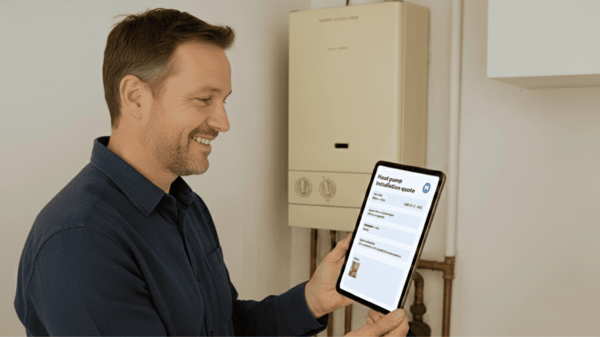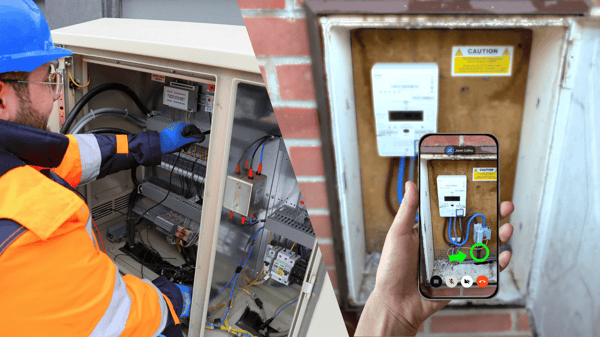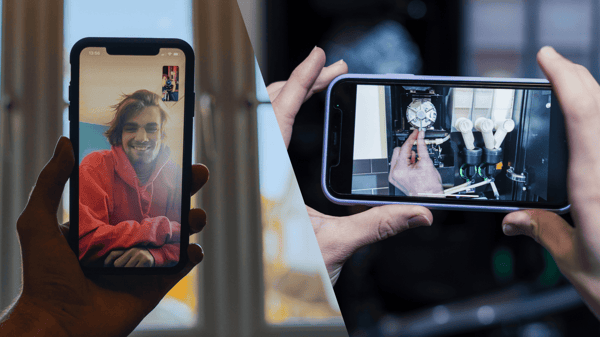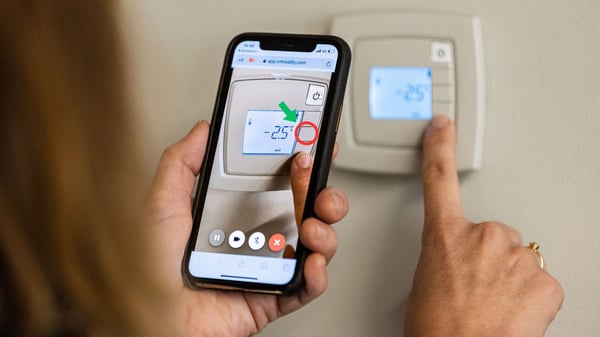Smart glasses provide users with hands-free operations, and depending on the industry you operate within or the use cases you foresee, different smart glasses can be beneficial to use. XMReality supports a variety of smart glasses provided by the market leaders: RealWear, Vuzix, Epson, and HoloLens 2 glasses. Which one of them suits you best for your specific use cases?












